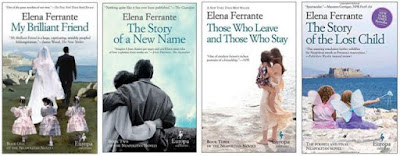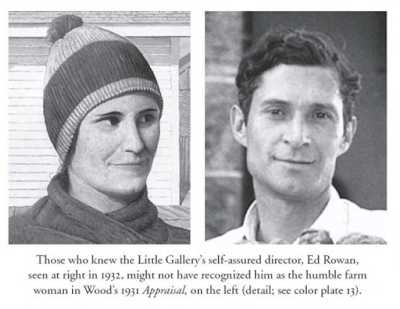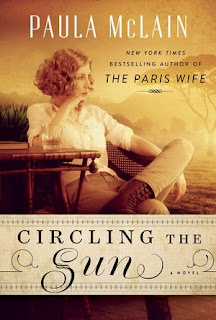Barkskins opens with the 1697 arrival in New France (now Canada) of indentured servants Charles Duquet and René Sel, both indebted to the same boorish master. The two men quickly part, one dutifully working off his indenture and the other escaping into the woods before losing any more teeth to his master's crude dentistry pliers.
The novel proceeds to tell Duquet's and Sel's stories, following each man's line of descent through multiple generations. Start to finish, they all make their livings from the trees of the vast northern woods, widely considered to be inexhaustible.
René Sel marries into the Mi'kmaq tribe of Nova Scotia and through his line we see the fate of America's indigeneous people as white immigrant families flood into the new country, extirpating the wildlife and appropriating all the land, relentlessly chopping, burning, and laying waste to the woods exactly as they had done in the countries they fled. Think The Lorax writ large. Charles Duquet, he of the bad teeth, founds a timber dynasty, amassing enormous wealth and passing on his rapacious greed to his offspring.
Proulx's characters are rarely two-dimensional, never all good or all bad. A number are even quite sympathetic, and plenty of the rascals come to highly undesirable ends.
If you're into American history -- natural history, Native American history, the history of the timber industry, the settling of North America, the French and Indian Wars -- just to name a few areas, this may well be the book for you. Characters roam the globe as well, travelling to China, New Zealand, Europe, and other vividly-wrought locales. The novel is extremely well-researched and very well- written. It's a lively and rollicking tale, and, in parts, very funny. A live-wire herself, Proulx peppers the book with forceful, intelligent women. And as a added bonus, just by reading it, you'll compile an extensive list of the many graphic and gruesome ways people met untimely ends in the good old days.
~Ann, Adult Services










































